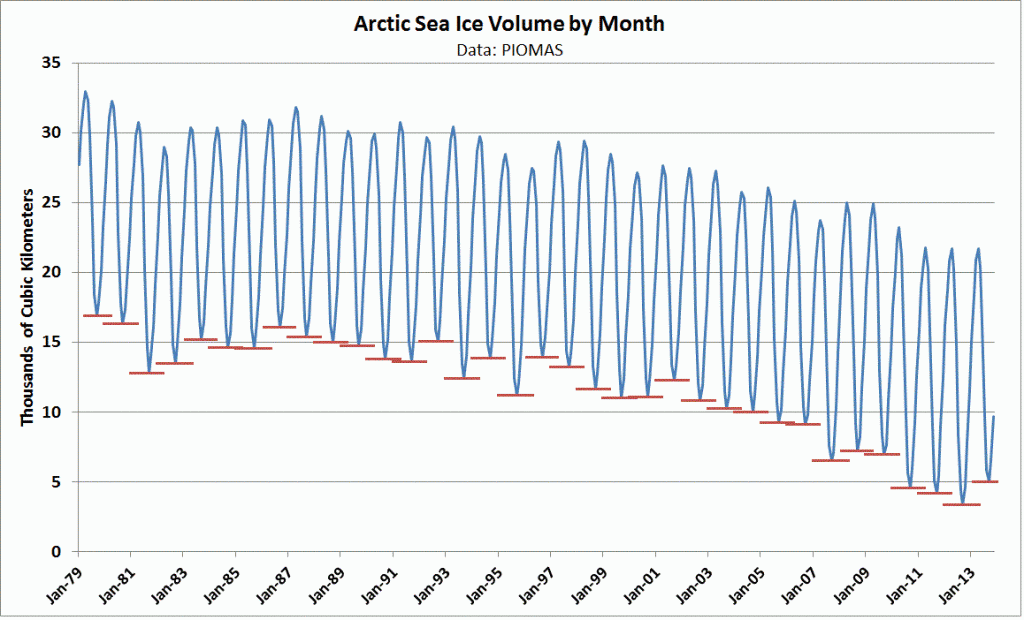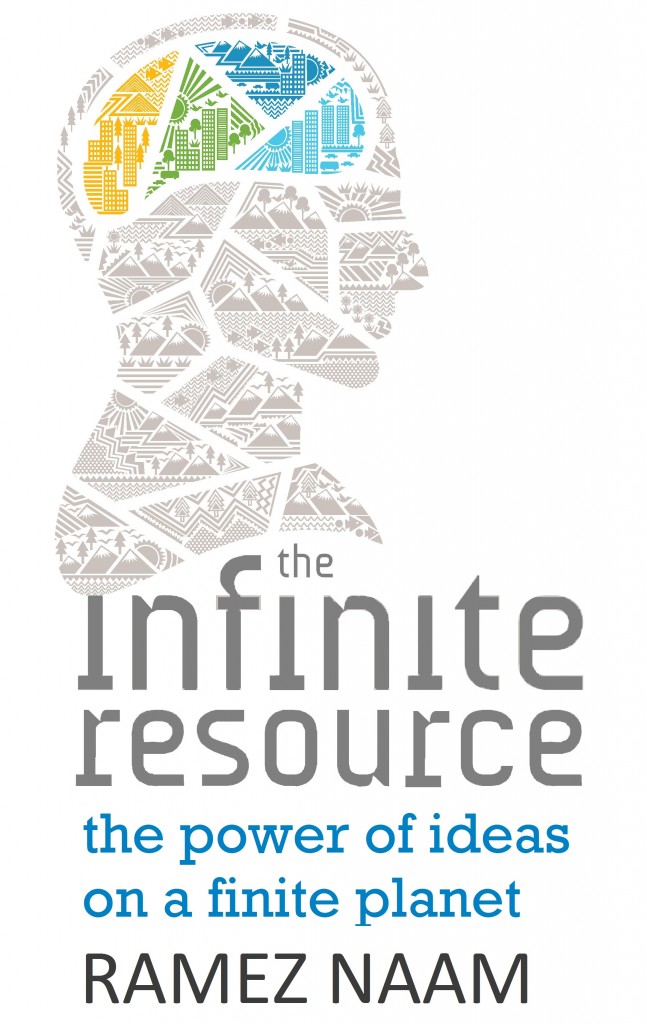Arctic Sea Ice: Less in November 2013 than Summers Before 2006
(This is a correction of a previous post that stated that there was less Arctic sea ice in December than in any summer before 2007. That post used a PIOMAS anamoly graph, which was not appropriate.)
The Arctic is melting. That's a problem. Ice reflects 90% of the energy of the sunlight that hits it. The dark waters of the Arctic Ocean below it absorb 90% of that energy instead. If the sea ice is gone in the height of summer, the additional sunlight captured would be enough to warm the whole planet substantially. Exactly how much we don't know, but perhaps as much to keep raising the planet's temperature as much each year as all the human-released carbon in the atmosphere. Additionally, the regional warming effect would be even greater, which would accelerate the melt of permafrost near the Arctic, and the release of buried carbon there, much of which will come out as extremely dangerous methane. The melting Arctic is an extremely dangerous climate feedback loop.
We usually hear about Arctic sea ice in terms of the area it covers. Every winter almost the whole Arctic freezes over. That's changed very little. But in summers less and less is left. But what's even scarier is that the ice is also thinner by about half. When we look at it in terms of volume, in the height of summer, three quarters of the ice volume from the 1980s is gone. Three quarters. There's ice still covering water, but it's thin, and fragile.
Another way to think of it – today, in December in November of 2013, the last month for which we have complete monthly ice volume data, in a year when ice coverage has rebounded, there was less ice (by volume) left in the Arctic than in any summer prior to 2006 2007, going back for at least thousands of years.
You can learn more about Arctic sea ice volume at the Polar Science Center.
The raw data for the graph above came from PIOMAS Monthly Volume Data


